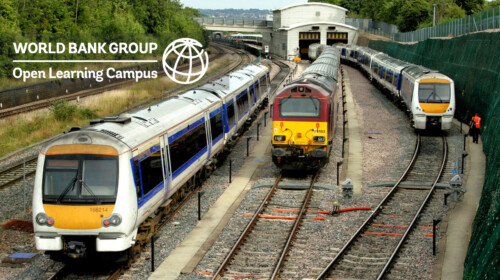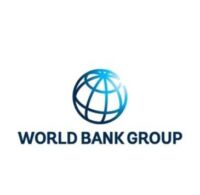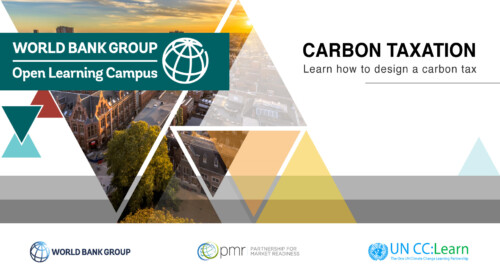This Railway Financing Online Course aims to provide an easy comprehensible overview of railway financing methods and engagement with the private sector. The three modules of the course thoroughly explain the difference between funding and financing, the funding gap and how it can be addressed, financing types and financial instruments, and the role of risk and risk mitigation. These issues are explained using examples from the railway sector with links to more detailed readings on key topics.
The course should be particularly useful to railways or those supporting railways seeking to attract private sector financing to understand the policy actions needed to prepare railways for private sector financing as well as the mechanism that railways can use to attract this financing.
This e-learning course focuses on encouraging private sector financing in the railway sector.
Target Audience
The course should be particularly useful to three groups of people:
- Railway officials desiring to attract private sector financing to their railway. It will help them to understand the basics of attracting private sector financing and dispel frequently help misconceptions about when and how private sector financing is realistic.
- Policy makers, especially in the transport sector. It will help them understand their roles in enabling the railway to attract private sector financing through: (i) enabling the railway to have sufficient funding to support financing; (ii) providing a sound business environment and sector regulation; and (iii) ensuring effective corporate governance for the railway organization.
- Staff of the World Bank and other development institutions working in the railway sector.
Learning Objectives
By the end of the course users will be able to:
- Understand the difference between funding & financing.
- Appreciate the options for closing the funding gap in railway sector.
- Have a basic familiarity with the types of financing (sovereign, corporate and project) and the financing instruments typically used by railways.
- Recognize the role of risk in private sector financing & approaches to mitigate it.









